QuestionHi there, great website! Well done. I am currently undergoing Animal Health training and one question I have is about how to handle an ill or injured rat. I can't seem to find ANY info on handling ill or injured rats! Any assistance you can offer would be greatly appreciated. Keep up the great work on this website. I have read a few posts and found your advice helpful and genuine.
AnswerHi Angela! Happy to be of help.
Do you mean to restrain for treatment, or handling in general? The answers differ - I'll give you both, and hopefully I hit on what you need. If I don't, clarify what you need and I'll do my best to answer it :)
Restraining for treatment depends on the rat itself and the injury or illness. Some rats are uncomfortable being handled in general and can be 'toweled', where you use a medium-thickness towel (thin enough you can feel the animal but thick enough to avoid toenails and teeth) to wrap around them like a rattie burrito and expose the area you need to in order to treat them - this method can also cover their faces and help keep them calm. It works best if you have a hand around the animal's upper body and also one around their lower.
I have had some breeders show success with scruffing the rat - you grip gently the excess skin on the back of the neck between thumb and forefinger, using your extra fingers (middle, ring and pinkie) to gather more extra skin as needed down the base of the spine and prevent movement. Some rats HATE this and will flip out more using this method, and I try to avoid doing so until it's a last resort. I also judge this to be the most unreliable restrain method, since rats are pretty good about twisting in their skins to bite (and they have a pretty nasty bite when they're upset!).
I have been able to 'roll' rats with a good amount of success, and it works best on mellow rats who are okay with a decent amount of handling. Placing them belly down on the table in front of you sideways, using your thumbs to gently push their legs nearest you out from under them and roll them gently onto their side. You can then lay a hand across their side to hold them in place. Some rats just lay and hang out while this is happening, others will fight you on it - if you can do it quickly and gently it usually has the most success.
As always, if you need to remove a rat from a carrier to examine and he simply won't allow you to any other way, you can grasp the base of the tail and move them short distances. Always grip the base of the tail and never the tip, the tip can and does break away or causes the skin to deglove, causing injury.
If you mean handling in general, that also depends on the injury or illness. It's always best to avoid upsetting an injured rat, but sometimes it just has to be done. Scooping gently with both hands to allow the animal to feel secure while avoiding the injury is always the best way to go, and avoid any unnecessary stress by fully supporting the body weight at all time. Injured and sick rats usually tend to lose body heat, so special care should be made to avoid drafts and keep the ambient temperature warm enough to be comfortable but not hot. A rat suffering respiratory distress may also benefit from a cool air humidifier, however warm air humidifiers should not be used - it's a breeding ground for bacteria.
Good luck!

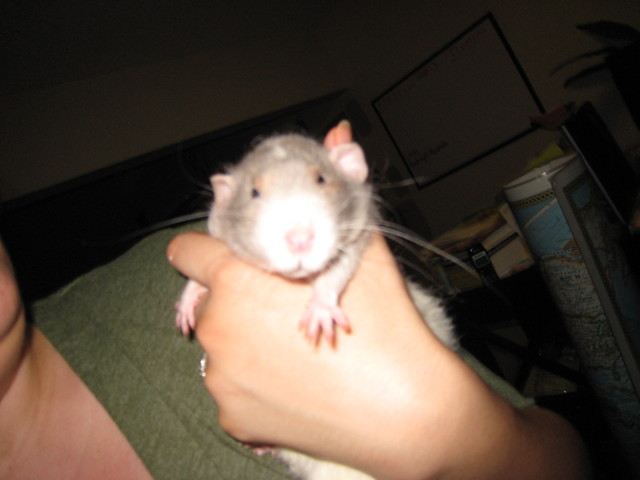 Testing Costs at the vet for C.H.F....
Question
My Sweet Flex
I live in Stockton, CA and I was
Testing Costs at the vet for C.H.F....
Question
My Sweet Flex
I live in Stockton, CA and I was
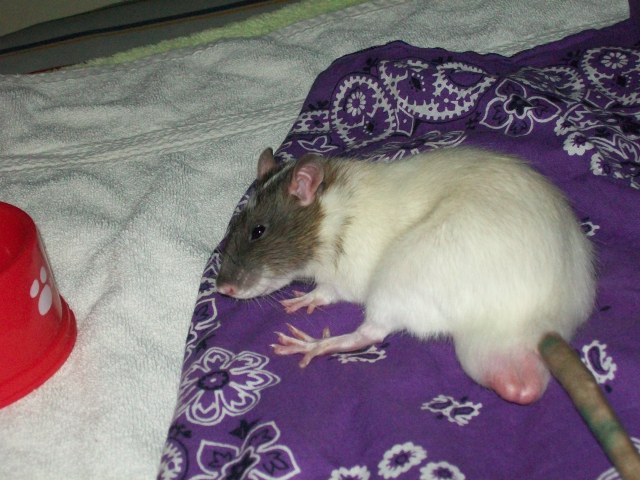 Blue rat tail?!
QuestionQUESTION: I took one of my 3-month old male rat
Blue rat tail?!
QuestionQUESTION: I took one of my 3-month old male rat
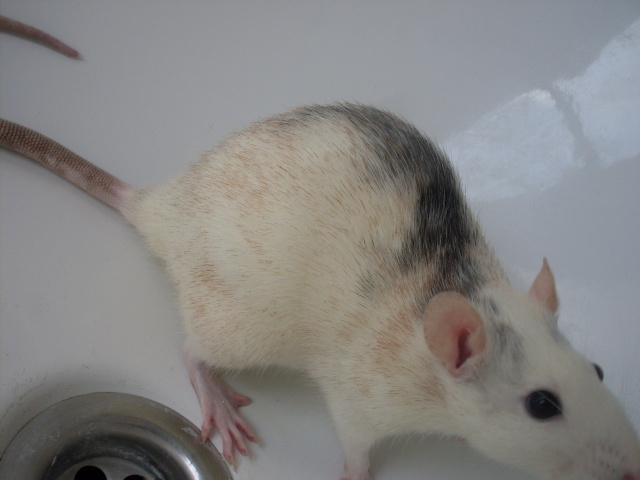 2 female pet rats- what looks like blood specs on fur?
Question
Zepplin
Hi there Sandra...
I got my rats about
2 female pet rats- what looks like blood specs on fur?
Question
Zepplin
Hi there Sandra...
I got my rats about
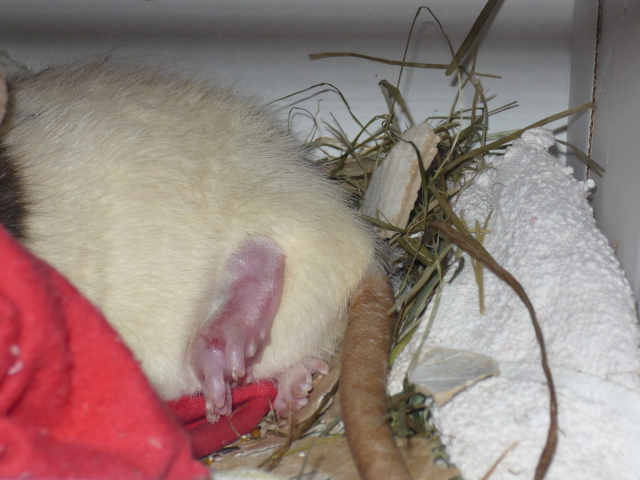 Rats swollen feet
QuestionQUESTION: Hello,
My rat, last of 4, he is the
Rats swollen feet
QuestionQUESTION: Hello,
My rat, last of 4, he is the
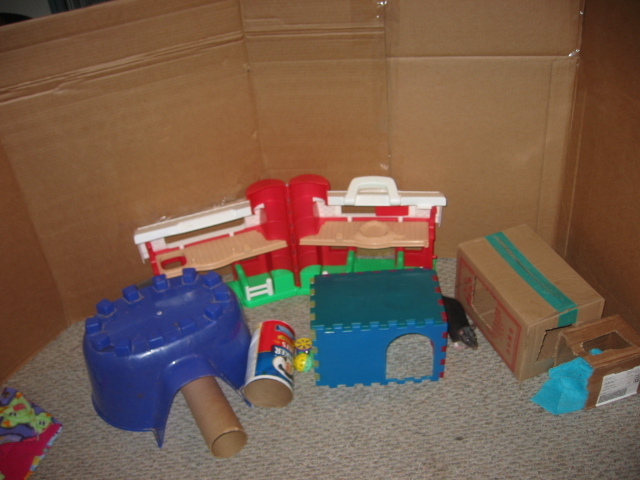 Hyperactive rat?
QuestionMy girlfriend and I have recently bought two fe
Hyperactive rat?
QuestionMy girlfriend and I have recently bought two fe